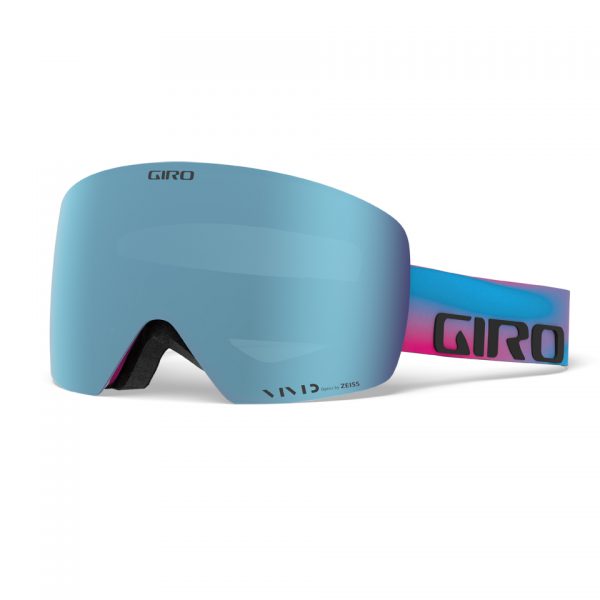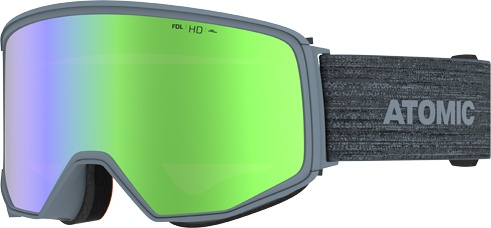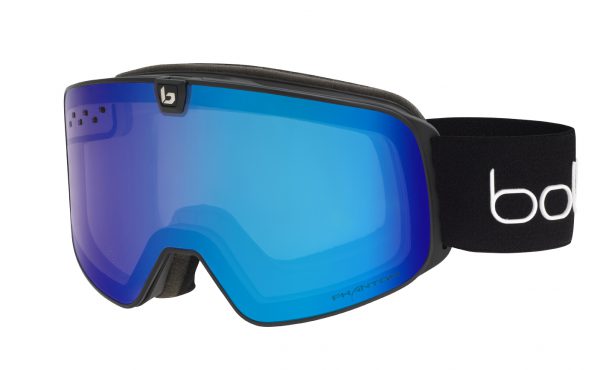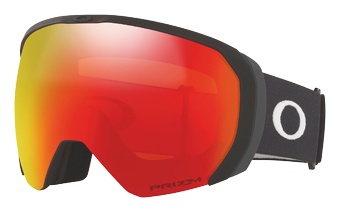Goggles keep getting bigger fields of view, which means we can see and ski better.

The wall-to-wall lens on Giro’s Contour Goggle is the largest field-of-view yet from the brand. But that’s not all the tech in this model. There’s a three-layer foam system, venting that absorbs water and pushes it to the outside to prevent fogging, and magnetic, easily swappable lenses. $360; giro.com

Double lenses help prevent fogging but cause a bit of light refraction and thus distortion. While most of us may not notice, racers do and usually ski in single-lens goggles. Atomic gets around this trade-off by fusing the two layers into one in the Atomic Four Q HD goggle. It’s a huge field of vision goggle with a cylindrical and reflective lens that brings racer-level clarity to the rest of the mountain. $350; atomic.com
Not only does Bollé’s Nevada NEO share the name of Keanu Reeves’ character in The Matrix, the goggle’s reflective, cylindrical lens looks the part and brags plenty of tech to match. The lens combines a number of innovations, from low temperature sensitivity and scratch resistance to depth perception and glare reduction. It’s also easily swappable with a new system that uses magnets and a lever that, almost, does all the fiddly work for you. From $250; bolle.com

Super-G World Champ Aleksander Kilde helped Oakley design the Flight Path XL, a goggle with no frame along the bottom of the lens and just a thin one across the top. The combo creates more field of vision, particularly at the top of the goggle, without compromising too much distortion at high speeds. And while many bug-eyed goggles only fit big faces, this one also comes in a smaller size. From $241; oakley.com




